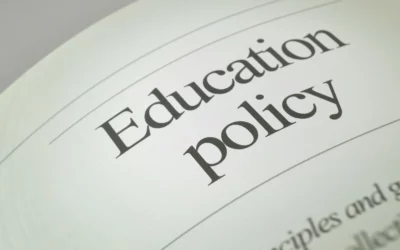
Written by Sutherland Institute
October 31, 2024
SALT LAKE CITY (October 31, 2024) – Heading into Election Day, a new Sutherland/Y2 Analytics survey shows where Republican and Democratic voters diverge and align on key education issues. Data also shows a difference between parents’ and teachers’ perceptions of the quality of education in Utah.
Highlights from the survey:
-
Democrats’ top priority is to increase teacher retention through higher pay, with 64% support, while 25% of Republicans rank that as their top priority.
-
Republicans’ top priority is holding teachers accountable for what is taught in the classroom, with 40% support, while this issue did not show up in Democrats’ ranking of top priorities.
-
38% of Democrats, 34% of Republicans and 27% of independents say smaller class sizes is one of their top priorities.
-
76% of Utah teachers believe the quality of Utah’s public education is “excellent/good,” while only 35% of parents agree.
The findings are highlighted in Sutherland’s newest issue brief, available here:
Sutherland Institute partners with Y2 Analytics to regularly survey likely voters in Utah about important public policy and political issues. This new issue brief measures the attitudes of likely voters and parents toward public education in Utah.
For more information about Sutherland research on education, visit our issue page: sutherlandinstitute.org/policy-education/
###
Media Contact:

More Insights
Read More
What’s happening with education choice policy?
There’s movement on a federal scholarship tax credit while more states adopt private school choice policies.
Trump’s tariffs: path to working-class prosperity, or protectionist misstep?
Defenders argue tariffs will restore manufacturing jobs, while critics say they amount to a tax on Americans with little real benefit. Experts from both sides weigh in.
Congress should follow Utah’s lead on protecting kids online with app store law
A new bill to regulate app stores has been introduced in Congress.



